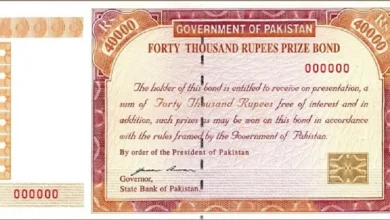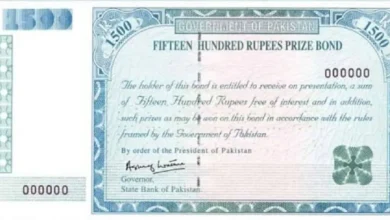
The words open market rate and interbank rate are used to refer to distinct exchange rates in the foreign currency market. Here is a summary of the differences between these two rates.
What is Open Market Rate
There is little difference between the Open Market Rate and the Interbank Rate. The open-market rate is the interest rate paid on any debt securities that are traded on the open market. Interest rates on debt instruments such as commercial paper and banker’s acceptances would be classified as open-market rates.
What is Open Interbank Rate
The interbank rate, often known as the interbank exchange rate, is a financial concept used to indicate foreign exchange rates paid by banks when they trade currencies with other banks. Interbank, or “between banks,” is when one bank seeks to do business with another.
Key Differences between Open Market and Inter Bank Rate
- The open market rate is controlled by supply and demand dynamics in the open market, but the interbank rate is decided by banks buying and selling currencies between themselves.
- Open market interest rates are more volatile and move more often, whereas interbank interest rates are more stable and predictable.
- Individuals and companies utilize open market rates for foreign currency transactions, but banks use interbank rates for their own transactions.
- The gap between the open market and interbank rates can fluctuate, and this difference reflects the profit margin for banks and currency traders.

















